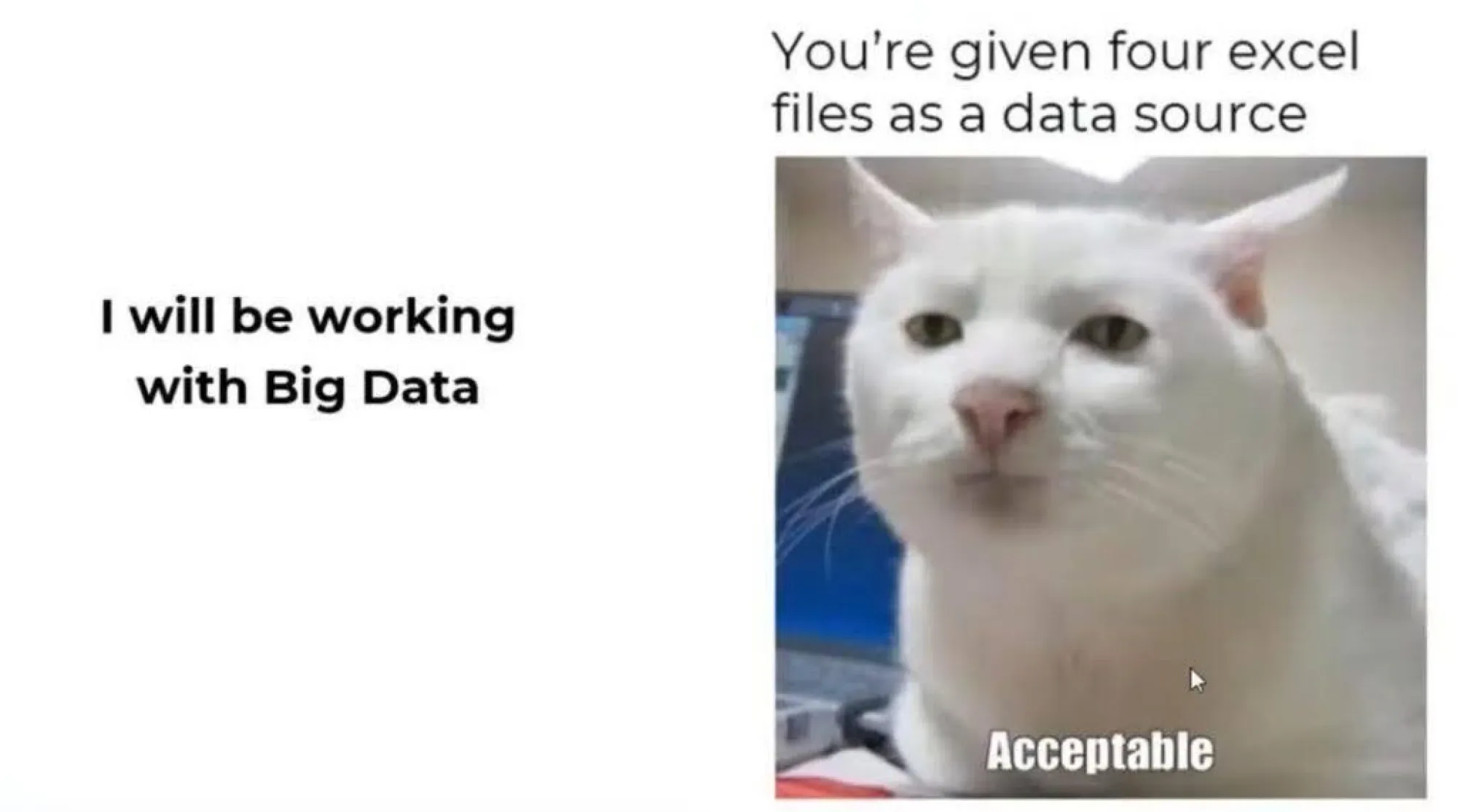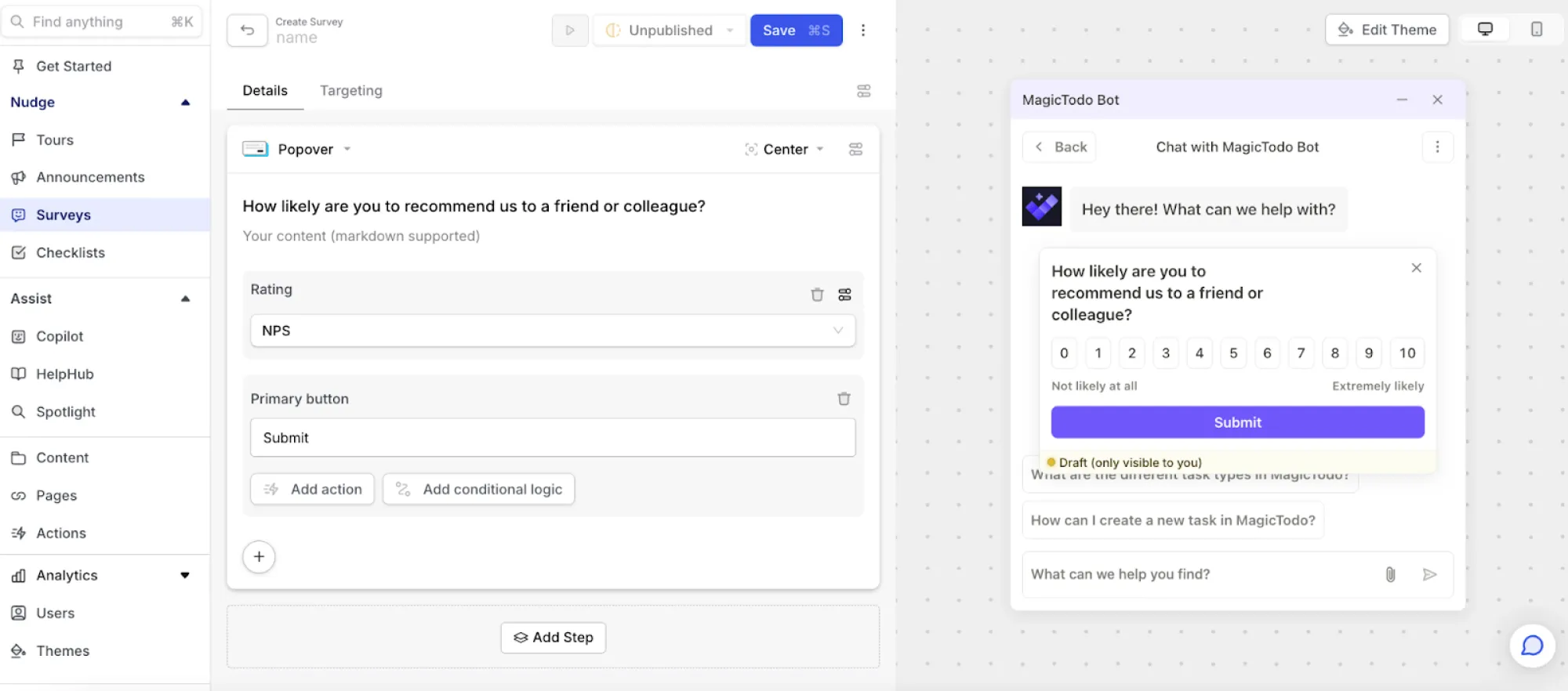A familiar scenario for founders: You're toiling late into the night, polishing your Series B pitch deck. Your product? Doing really well (thankfully). Your team? Brilliant (mostly). Your coffee consumption? Highly concerning.
But not as worrisome as your customer metrics.
You know the drill. Inventors want to see churn rates lower than your intern's TikTok attention span. Or, put another way, they're hungry for retention numbers higher than a Silicon Valley rent check. Yes, you're doing great; you can't help but wonder if there's a better way to leverage customer interactions to do even better.
Have you considered hiring a Customer Interaction Manager (CIM)? If not, you’re leaving money on the table. And that's about as advisable as using Comic Sans in your pitch deck.

What is a customer interaction manager (CIM)?
Although “Customer interaction manager” sounds like another bloated title to pad out a LinkedIn profile, the individual with this job title analyzes user behavior, gathers feedback from various channels, and translates these insights into actionable improvements.
As such, CIMs collaborate closely with product teams to prioritize features that align with user needs and expectations. They also manage in-app communications and success programs to increase user engagement and reduce churn.
These efforts directly contribute to KPIs like customer satisfaction, lifetime value, and your company’s growth. In short, CIMS ensures your SaaS product continually evolves to meet user demands while achieving business objectives.
How user assistance tools empower CIMs
CIMs have long relied on analytics software and CRM tools for customer data, yet there's one underutilized resource flying under the radar: user assistance tools. Sure, they’re primarily designed to help users, but they also offer customer insights to improve the customer journey.
For example:
HelpHub
Your HelpHub spills the beans on where your customers scratch their heads and which parts of your docs are more confusing than a corporate tax form. Many users desperately searching for info on a specific feature? It’s your product's way of yelling, "Houston, we have a UX problem!" or "Our explanation needs some serious leveling up."
In-app messaging
In-app messaging saves users from rage quitting. And it also tells you a lot more about your customers' struggles than their social media rants ever could. The conversations generated through these interactions give you a front-row seat to your product's pain points. It's like being a fly on the wall but with the added superpower of actually being able to help.
In-product surveys
From quick "How'd we do?" micro-surveys after key actions to the classic "Would you recommend us to a friend?" NPS question, in-product surveys let CIMs gather intel fast so long as they keep them short, sweet, and perfectly timed.

Logs
These digital breadcrumbs track everything from user journeys (are they taking a delightful stroll or a frustrating maze run?). They note every click, hover, and abrupt exit. Decode these them and you'll uncover user behavior patterns that your users didn't know they had.
Support Chats
Here, users abandon their filters and tell you exactly what they think, often with creative use of caps lock and emoji. By analyzing these conversations, you'll uncover common pain points, feature requests, and the occasional love letter to your product.
Why CIMs should use this data to run experiments and interventions
✅Surveys provide insights into preferences, pain points, and feature requests.
✅User assistance tools and product logs capture actual user behavior within your SaaS product, including click patterns, time spent on features, and task completion rates.
🤝 Combine all these data sources, and you have a 360-degree view of user interactions.
What does your CIM do with this heap of info?
Simple: You put your data to work with experiments and tests.
No more "I think users want this feature" – now it's "The data says users are practically begging for this feature." And when they spot a user struggling? In swoops a perfectly timed hint or tutorial.
This makes customers happier, and they stick around longer.
A couple of pointers for CIMs:
1. Conduct real-time A/B testing
Try different features, user interfaces, or messaging and immediately gauge impact. The more agile you are, the fewer negative user experiences and the faster your product optimization process.
2. Use behavioral triggers
For instance, when a user repeatedly struggles with a specific feature, your system should automatically display a contextual help prompt or tutorial video. Similarly, your platform should be able to identify users showing signs of churn, such as decreased login frequency, and immediately target them with retention campaigns or trigger personalized outreach from customer success teams.
3. Make it personal
Personalized transforms your product from a mere tool into an indispensable part of the user's workflow, fostering long-term retention and potentially opening avenues for upselling or cross-selling opportunities. Who doesn’t love it when a product caters specifically to them?
Plus, the advantages of engaging users in the product vs. scheduling calls
Scheduling calls is as efficient as trying to herd cats…underwater…while wearing roller skates. In-product engagement, one the other hand, is like having a 24/7 concierage service that doesn’t judge your users or put pressure on you to personally respond.
As for the cold, hard facts: According to Business of Apps, apps using hyper-targeted and personalized messaging see a user retention rate of 61% to 74% in the first 28 days. And messages triggered by in-app events can increase conversion by 4x.

And that’s just on the quantitative side. Engaging users in product also eradicates all of these annoying, time-consuming, and increasingly unnecessary scenarios:
The time zone math Olympics
- Scheduling calls: "Is that 3 PM your time or my time? Wait, are you in Timbuktu or Tennessee?"
- In-product engagement: The only math you need is how many hours you've saved by not scheduling calls.
The awkward small talk phase
- Scheduling calls: "So... how's the weather there? Still Earth-like?"
- In-product engagement: Skip straight to the good stuff. No need to pretend you care about the humidity in a differnt time zone.
The "oops, I forgot" syndrome
- Scheduling calls: "Sorry, I completely forgot about our call. My dog ate my calendar."
- In-product engagement: The product is right there, so is the solution to your users’s pain points.
The follow-up email chain of doom
- Scheduling calls: "As per our call (that the customer half remembers), please find attached manual (that no one will read)."
- In-product engagement: Actions and information are right there in the product. It's like having a personal assistant.
Best practices for capturing data through user assistance
Okay, so you understand the value of a CIM and know that they can leverage user assistance data to improve your customer metrics and bottom line.
There are two things we should add:
1. Gather data without interrupting
Here's how Command AI's Copilot helps you achieve this:
- Passive monitoring: Silently observes user interactions, providing a wealth of data without altering natural behavior.
- Contextual logging: Captures nuanced details such as user roles and page locations, adding depth to your understanding without burdening users.
- Subtle A/B testing: Compare different Copilot responses and UI elements, measuring impact on user behavior organically.
- AI-powered intelligent prompts: Seize perfect moments for brief, relevant questions, maintaining flow while gathering targeted feedback.
- Aggregate data analysis: Focus on trends across user segments, respecting individual privacy while uncovering powerful insights.
2. Leverage data effectively
Because we all know analyzing customer interaction data without a clear strategy is like obsessively tracking every click in your app but not understanding why users churn. You can have a million data points, but you need to know what to look for. The same applies to leveraging user assistance data.
A data-driven approach to customer success
If you didn't know why you needed a Customer Interaction Manager (CIM), now you do. Hire one. If you already have one, empower them to focus on in-product experiments and feedback gathering. This approach allows them to:
- Obtain real-time, contextual data on user behavior and pain points
- Implement targeted interventions without disrupting user flow
- Continuously iterate on product features based on actual usage patterns
- Improve customer retention through proactive, data-informed engagement
So, the next time you're tempted to schedule that call, remember: your users' sanity (and yours) might just depend on keeping engagement where it belongs - in the product. If you don't have a Copilot for your product, consider getting one. After all, SaaS professionals value efficiency, and it's highly efficient to use user assistance platforms as both support tools and rich sources of customer insight.

















